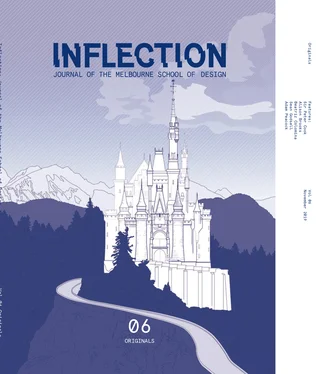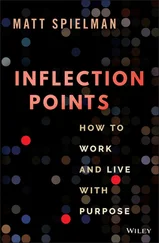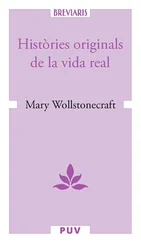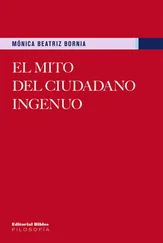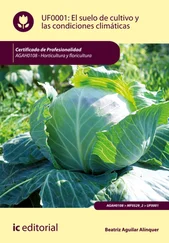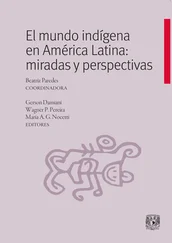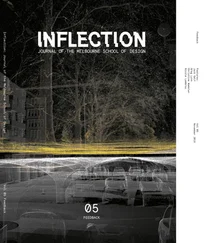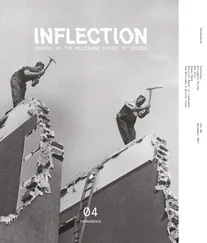Simulacrascapes are critiqued for de-contextualise and counterfeiting imported urban imaginaries. These concerns highlight the Disneyfied image of these transplanted cities (comparative to theme parks) and their status as products of mass consumption. 4
Along with the sacrificial nature of copies, urban mimicry produces a fragmented image due to imperfections in the copying process. 5 The construction of architectural fantasies seeks only emotional satisfaction for the consumer. This results in offering confused local identity or lack of contextual authenticity, and represents a threat to indigenous values.

Thames Town, Songjiang district, Shanghai. Image Courtesy of Huai-Chun Hsu on Wikimeadia Commons.
Bosker argues that ‘false’ cityscapes are ‘original replicas’ that carry forward the Chinese tradition of replication in a new manner. 6 Putting aside the aesthetic suitability of these copies, they are a pragmatic and prompt solutions to the growing housing demand in China. Scholars Maria Francesca Piazzoni and Tridib Banerjee stress the role of local habits and culture in developing these European-inspired buildings to become part of the everyday environment. 7 Thus, authenticity and originality do not reside in architectural forms but rather in how they are inhabited. From this perspective, duplitecture possesses a degree of originality and is not necessarily a threat to local identity.
The Cultural and Political Context of Copycat Cities
The phenomenon of imitation in architectural and urban design has grown significantly in the last two decades. Contributing factors include rapid growth of consumerism in conjunction with a rising middle class. This middle class is progressively exposed to a higher and higher number of Western cultural products, implanting the desire for mainstream foreign lifestyles. 8 In particular the research for “ersatz experiences in the cityscapes” is widespread in China. 9 Rapid urbanisation favours the spread of these emulative settlements. Globalisation also plays a role in catalysing consumers’ desires by increasing exposure to foreign architectural products and ways of life. 10
Themed suburban clusters in China embody the search for two main values. Firstly, the chase of the so-called ‘Chinese dream’ by the middle and upper class, Western-style living becomes a manifesto of a particular class desire—a way of expressing their prosperity along with the pride of belonging to a distinct community. 11 Secondly, it reflects the desire of China to connect with the world after decades of relative isolation. 12
Along with cultural implications, political interest plays a role in this phenomenon. Replication of European towns becomes a strategy to control the spread of urban development. The aesthetic value of European towns is used to attract residents. The state appeals to middle-class ambitions in favour of specific urban policies, aiming to guide population growth in suburban areas, decreasing demographic pressure on metropolitan areas. As a consequence, the landscape of China has been dramatically remodelled by the abundance of simulacrascapes. These copycat urban developments are not a result of whimsy, they follow urban design approaches of post-reform China. The ‘xenophilic motif’ is driven by the admiration of foreign urban forms as a result of a geographical romanticism. The goal of this strategy is to chase the yang
Конец ознакомительного фрагмента.
Текст предоставлен ООО «ЛитРес».
Прочитайте эту книгу целиком, купив полную легальную версию на ЛитРес.
Безопасно оплатить книгу можно банковской картой Visa, MasterCard, Maestro, со счета мобильного телефона, с платежного терминала, в салоне МТС или Связной, через PayPal, WebMoney, Яндекс.Деньги, QIWI Кошелек, бонусными картами или другим удобным Вам способом.
